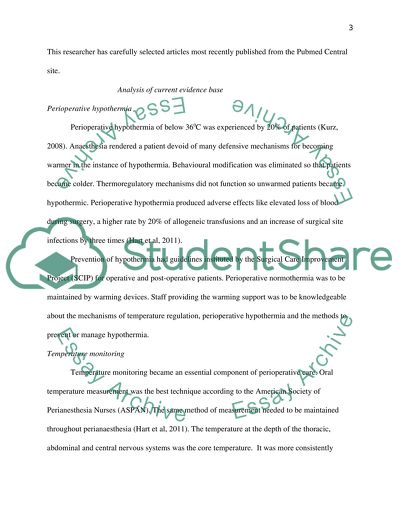Cite this document
(“Patient care in inadvertent hypothermia Assignment”, n.d.)
Retrieved from https://studentshare.org/nursing/1393746-a-critical-evaluation-o-the-evidence-base-for-a
Retrieved from https://studentshare.org/nursing/1393746-a-critical-evaluation-o-the-evidence-base-for-a
(Patient Care in Inadvertent Hypothermia Assignment)
https://studentshare.org/nursing/1393746-a-critical-evaluation-o-the-evidence-base-for-a.
https://studentshare.org/nursing/1393746-a-critical-evaluation-o-the-evidence-base-for-a.
“Patient Care in Inadvertent Hypothermia Assignment”, n.d. https://studentshare.org/nursing/1393746-a-critical-evaluation-o-the-evidence-base-for-a.


